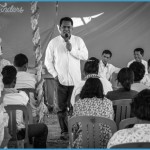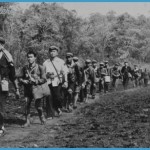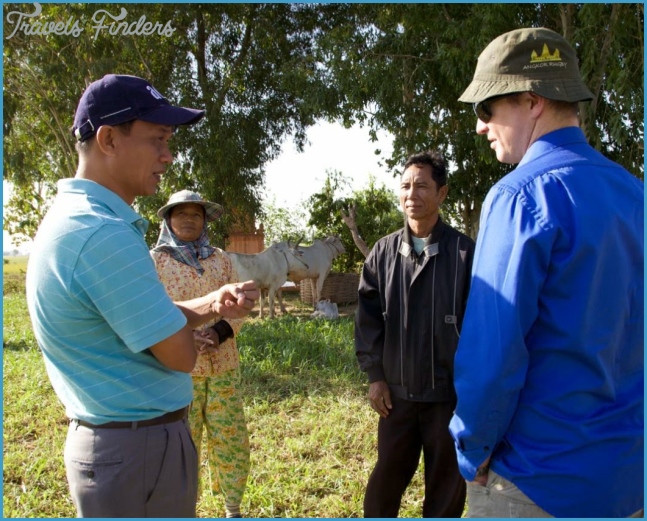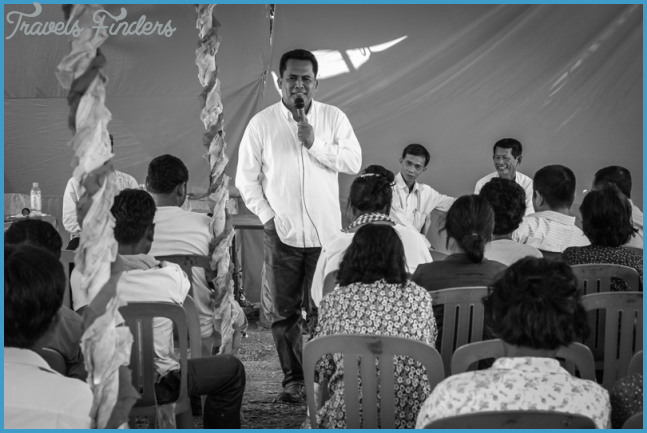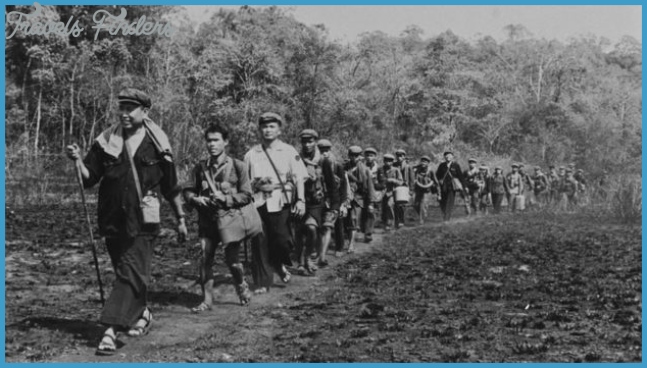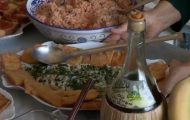There are two kinds of savages: Those who could communicate and understand the local language, and those who couldn’t. The ones who could communicate and understand local language are those who are being used as slaves. As for the ones who could not understand the local language, they lead the most backward lives. They do not know how to build shelters and live as jungle nomads. If they encounter wild animals, they would hunt them for foods with bows and arrows or spears. Once they bring down a wild animal, they would make a fire with flint to cook the meats and sit around to share them. After finishing their meals, they would take off and wander about the jungle again. These groups of savages are very vicious. They know how to mix poisonous substances and would kill each other without hesitation. For those who settle down in temporary villages, they would grow vegetables and cotton to weave clothes. However, their homemade clothes are very coarse and have rather rough patterns.
The Savages of Cambodians Photo Gallery
Writing (Literature)
People write letters and other articles such as official documents on dried deerskins and the skins of other animals. In order to prepare the animal skins for writings, they must first be dried and polished. Afterward, they are cut into pieces of different sizes according to the writer’s needs. As for writing materials, people use a kind of powder substance mixing up with dye and make it into a kind of chalk which they called Sau. They sharpen one end of that chalk and use it to write on the dried animal skins. After writing a document or letter, the writer would put the chalk in between his head and ear to indicate to others that he is the author. Once written, the chalk ink imprinted very well onto the animal skins. Only wet cloth soaked in water could be used to erase it.
The Cambodian alphabets look somewhat like the alphabets of Houy Tov (Uighurs?). The way the language is written is from left to right, not from right to left. I heard Ea Say Huya (a Chinese acquaintance?) said that their vowels are also similar to the Mongolian alphabets. At the time of my visit, there are no published articles. But, there are writers and poets.





